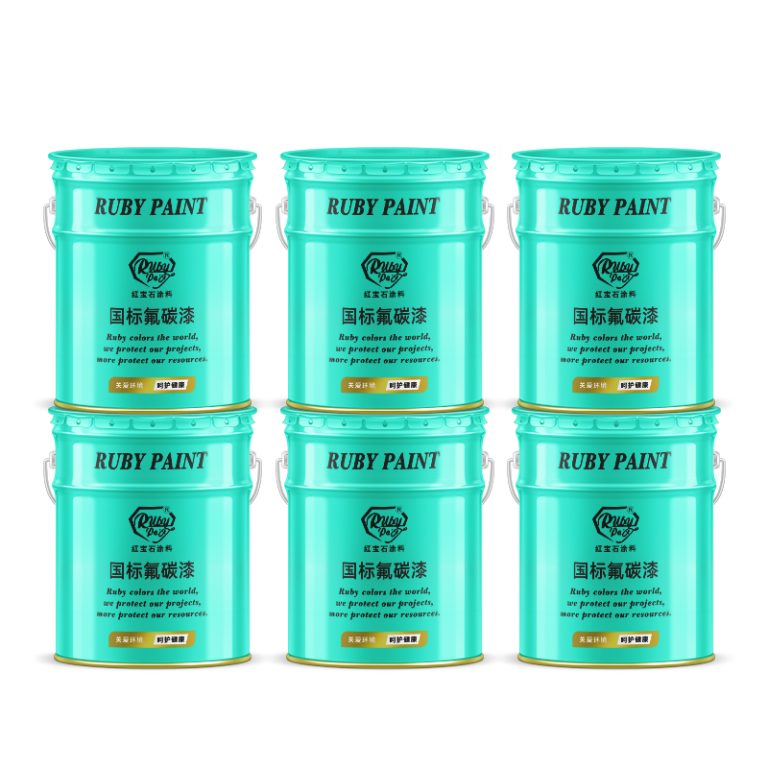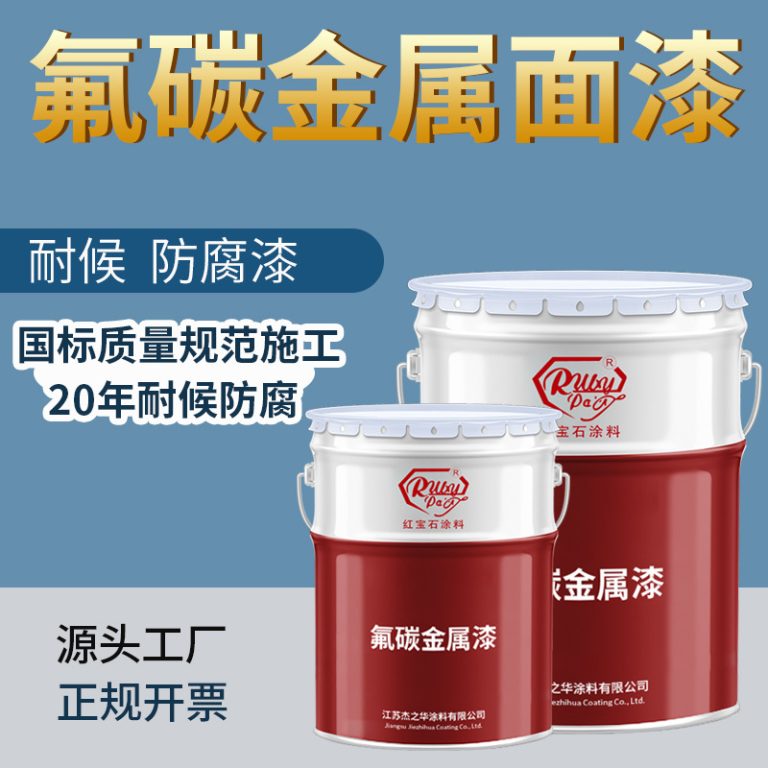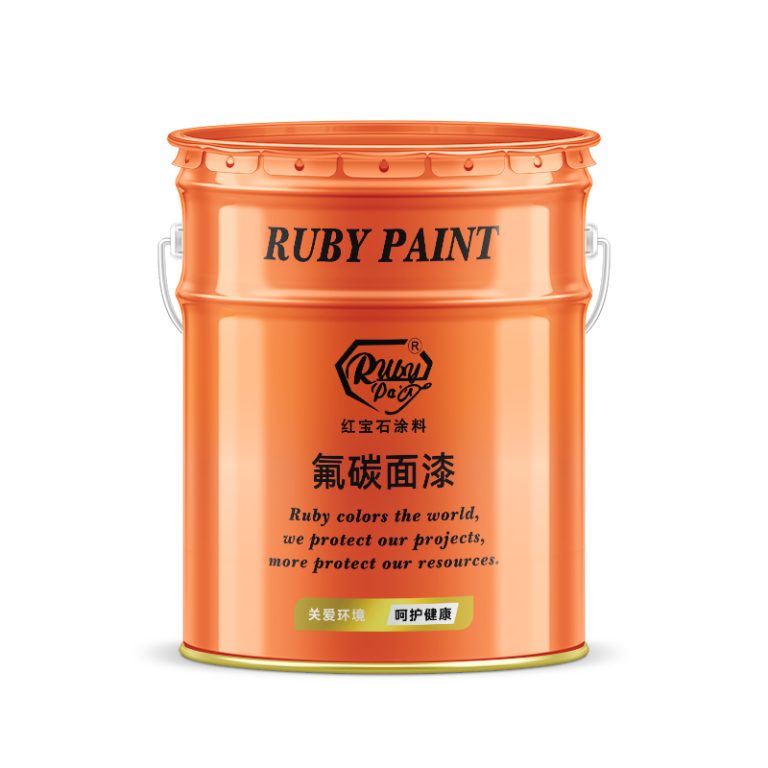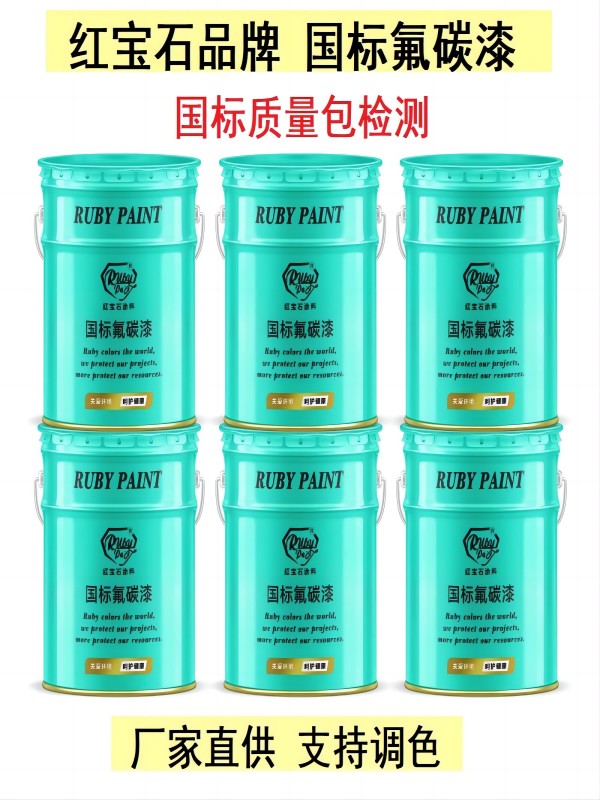Table of Contents
Components and Properties of Chlorinated Rubber Paint
Chlorinated rubber paint is a specialized coating material that has gained popularity for its unique properties and versatile applications. This type of paint is formulated by chlorinating natural or synthetic rubber, which alters the chemical structure of the rubber, enhancing its resistance to various environmental factors. The composition of chlorinated rubber paint primarily includes chlorinated rubber resin, pigments, solvents, and additives, each playing a crucial role in determining the paint’s overall performance and characteristics.
The backbone of chlorinated rubber paint is the chlorinated rubber resin. This resin is produced by the chlorination of rubber, a process that involves the addition of chlorine to the rubber polymer. The degree of chlorination can vary, typically ranging from 40% to 65%, which directly impacts the paint’s properties. Higher levels of chlorination result in increased resistance to chemicals, water, and weathering, making the paint suitable for use in harsh environments. The chlorinated rubber resin provides the paint with excellent adhesion properties, allowing it to firmly adhere to various surfaces, including metal, concrete, and previously painted areas.
Pigments are another critical component of chlorinated rubber paint. They are responsible for providing color and opacity to the paint, as well as contributing to its protective qualities. Common pigments used in this type of paint include titanium dioxide, iron oxide, and zinc phosphate. Titanium dioxide is widely used for its superior hiding power and ability to reflect UV rays, thereby protecting the underlying surface from sun damage. Iron oxide pigments offer excellent corrosion resistance, making them ideal for metal surfaces. Zinc phosphate acts as an anti-corrosive agent and enhances the paint’s durability.
Solvents play a vital role in chlorinated rubber paint by facilitating the application process. They help in dissolving the resin and pigments, creating a uniform consistency that can be easily applied to surfaces. The choice of solvent affects the drying time and the final finish of the paint. Common solvents used in chlorinated rubber paints include xylene, toluene, and acetone. These solvents evaporate as the paint dries, leaving behind a solid, protective coating.
Additives are incorporated into chlorinated rubber paint to improve its performance and ease of use. These may include plasticizers, which increase the flexibility of the paint film, and fungicides, which prevent the growth of mold and mildew on painted surfaces. Other additives, such as UV stabilizers, are used to enhance the paint’s resistance to sunlight, preventing premature fading and degradation.
The unique composition of chlorinated rubber paint provides it with several advantageous properties. It is highly resistant to chemicals, making it suitable for industrial environments where exposure to acids, alkalis, and solvents is common. The paint also exhibits excellent water resistance, which is beneficial in marine and coastal applications where moisture is prevalent. Additionally, its ability to withstand extreme temperatures and harsh weather conditions makes it an ideal choice for outdoor applications.
| Serial Number | Product |
| 1 | Epoxy Zinc rich paint |
In conclusion, chlorinated rubber paint is a robust and versatile coating solution, thanks to its carefully formulated composition. The combination of chlorinated rubber resin, pigments, solvents, and additives results in a paint that offers superior protection and durability, making it suitable for a wide range of applications. Whether used in industrial settings, marine environments, or for general maintenance, chlorinated rubber paint provides an effective barrier against various environmental challenges.
Application and Performance of Chlorinated Rubber Paint in Industrial Settings
Chlorinated rubber paint is a specialized coating material that has gained significant traction in industrial settings due to its unique properties and performance characteristics. This type of paint is formulated by dissolving chlorinated rubber in a suitable solvent, typically aromatic hydrocarbons like xylene or toluene, and then blending it with various pigments and additives to enhance its functionality. The resulting composition offers a robust solution for protecting surfaces against a myriad of environmental and chemical challenges commonly encountered in industrial environments.
One of the primary applications of chlorinated rubber paint is in areas that require high resistance to water and chemicals. This paint forms a tough, impermeable film when applied, effectively sealing the substrate from moisture and corrosive substances. Consequently, it is extensively used in industries such as chemical processing, water treatment, and marine environments, where equipment and structures are frequently exposed to harsh conditions. The paint’s ability to withstand prolonged contact with saltwater makes it an ideal choice for coating ships, offshore platforms, and port installations.
Moreover, chlorinated rubber paint exhibits excellent adhesion properties, which further enhances its protective capabilities. It can be applied to a variety of surfaces, including metal, concrete, and previously painted substrates, without the need for extensive surface preparation. This versatility simplifies the application process and reduces maintenance costs, making it a cost-effective option for many industrial applications.
In addition to its protective qualities, chlorinated rubber paint also offers superior durability. The coating is highly resistant to abrasion and impact, which is crucial in industrial settings where machinery and equipment are subject to frequent wear and tear. This durability ensures that the paint maintains its integrity over time, providing long-lasting protection and reducing the need for frequent touch-ups or recoating.
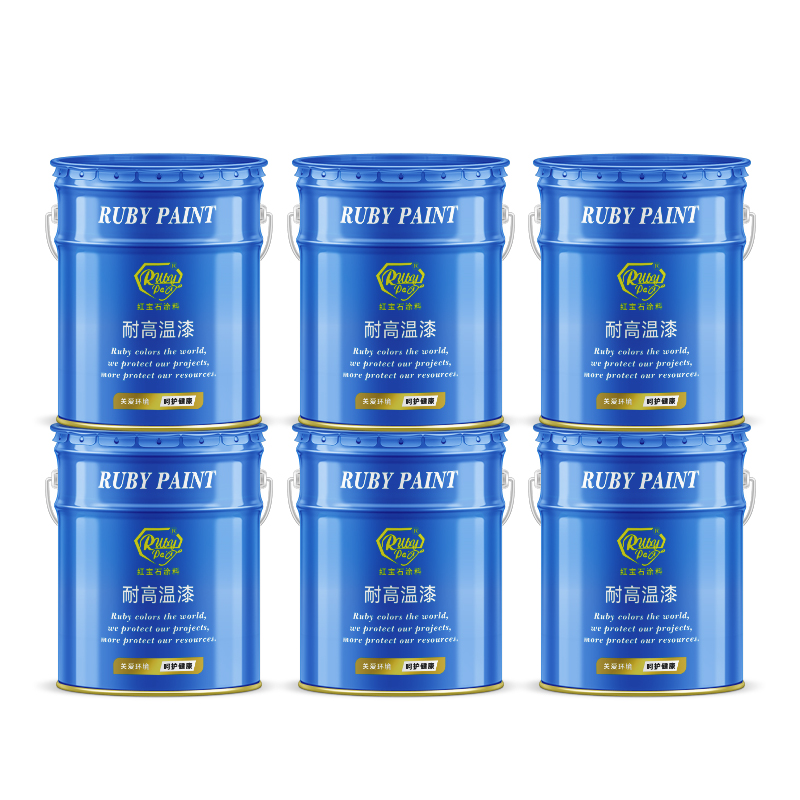
Another significant advantage of chlorinated rubber paint is its fast-drying nature. The paint dries quickly upon application, minimizing downtime and allowing for a swift return to service. This feature is particularly beneficial in industries where operational efficiency is paramount, as it helps to avoid disruptions and maintain productivity.
Furthermore, chlorinated rubber paint is available in a range of colors and finishes, allowing for aesthetic customization according to specific industrial requirements. Whether the goal is to enhance visibility with bright colors or to achieve a particular finish for aesthetic purposes, this paint can be tailored to meet diverse needs.
Despite its many benefits, it is important to note that the application of chlorinated rubber paint requires careful consideration of environmental and safety factors. The solvents used in the paint are volatile organic compounds (VOCs), which can have adverse effects on air quality and human health if not handled properly. Therefore, appropriate measures, such as using proper ventilation and protective equipment during application, must be taken to mitigate these risks.
| Serial No. | Products |
| 1 | Epoxy Zinc rich paint |
In conclusion, chlorinated rubber paint is a highly effective coating solution for industrial settings, offering exceptional protection against water, chemicals, abrasion, and impact. Its versatility, durability, and quick-drying properties make it an attractive option for a wide range of industrial applications. However, attention to environmental and safety considerations is essential to ensure that its benefits are fully realized without compromising health or ecological integrity. As industries continue to seek robust protective solutions, chlorinated rubber paint remains a reliable and efficient choice.

